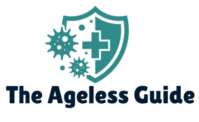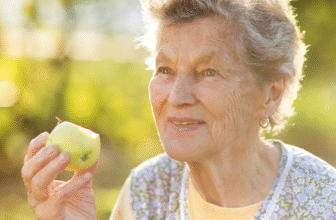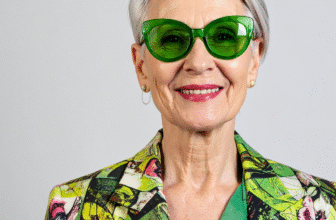I cannot tell you how many times I have seen regular physical activity change lives. It is more than just extending the number of years. It enhances the quality of those years, especially when it comes to healthy aging. I have seen firsthand how exercise and physical activity for healthy aging can turn everything around for someone. It is about thriving, not just surviving. I am committed to helping my patients add regular physical activity into their daily lives to make their lives better as they get older. It is a conversation I have every day.

Unlocking the Potential of Exercise and Physical Activity as You Age
The benefits of staying active as you get older are amazing. From real physical improvements to better mental health, staying fit offers many advantages that can greatly improve how you live.
Get the insider’s guide to Sleep and Healthy Aging here.
What Exercise Does for Your Body
Here are some ways consistent exercise and physical activity can help your physical health:
- Better Heart Health: Regular physical activity makes your heart stronger and improves blood flow, which lowers your chance of heart disease or stroke. I have seen this make big improvements for my patients. They often say they have more energy and stamina in just a few weeks.
- More Muscle and Stronger Bones: Strength training is key for keeping and building muscle and bone strength. This lowers your risk of falls and broken bones. I often suggest simple exercises such as chair squats and calf raises to help my patients get stronger and more stable.
- Greater Flexibility and Easier Movement: Stretching is important for improving flexibility and easing stiffness. This makes everyday tasks easier. I tell my patients to add gentle stretching to their daily routines. Simple stretches, such as reaching up or touching your toes, can make a big difference.
- Healthy Weight: Physical activity helps burn calories and keep a healthy weight. This lowers the risk of obesity and other health problems. The secret is to find activities you enjoy and can keep doing, instead of focusing on diets that limit what you eat.
- Lower Risk of Long Term Illnesses: Consistent exercise and physical activity can help manage long term conditions such as arthritis, diabetes and osteoporosis. I have watched regular exercise reduce pain and improve movement for people with arthritis.
How Exercise Helps Your Mind
The benefits of exercise go beyond the physical. It also greatly affects your mental and emotional state. Think about these points:
- Better Mood and Less Stress: Physical activity releases endorphins, which are natural mood boosters. They can reduce stress and anxiety. Many of my patients say they feel better after just a short walk.
- Sharper Thinking: Exercise improves brain functions such as memory and attention. These are very important as we age, given the chance of cognitive decline. I advise my patients to challenge their minds by learning new things or taking up new hobbies.
- Higher Self Esteem: Reaching fitness goals can greatly boost your self esteem and confidence. I have seen amazing changes in patients who were unsure about exercising at first. They become more confident as they see their progress and get stronger.
- More Social Interaction: Exercising in a group gives you chances to connect with others. This fights feelings of isolation and loneliness. I often suggest joining local walking groups to make social connections and build a sense of community.
Check out this highly recommended product — Lewis N. Clark Travel Pill Organizer here.
Exercise Options That Work for Older People

The best exercise is what you like and can keep doing regularly. Here are some activities that are especially good for older adults:
- Walking: An easy activity you can do almost anywhere. I usually suggest starting with short walks and slowly walking longer and harder as you get stronger.
- Swimming: A low impact exercise that is easy on your joints and works your whole body. Water makes movement easier and more comfortable.
- Cycling: An activity you can enjoy outside or inside on a stationary bike. Cycling is a great way to improve heart health and leg strength.
- Strength Training: Using weights or your own body weight to build muscle strength and bone strength. I recommend starting with light weights and slowly increasing the weight as you get stronger.
- Yoga and Tai Chi: Gentle practices that improve flexibility and coordination. They can also reduce stress and improve mental well being.
- Dancing: A social activity that gives you a cardiovascular workout and improves coordination. With so many styles available, you can find a dance form you like.
Find out which Anti-Aging Skin Care Routine really works.
How to Begin Your Exercise Plan

If exercise is new to you, start slowly and increase how hard you work over time. This is what I tell my patients. Here are some tips to help you start:
- Ask Your Doctor: Talk to your doctor before starting any new exercise program, especially if you have health problems. Your doctor can tell you which exercises are safe and good for you.
- Set Realistic Goals: Do not try to do too much too soon. Start with small, easy goals and slowly make it harder as you get stronger. For example, you could start by walking for ten minutes each day and slowly increase it to thirty minutes.
- Pick Activities You Enjoy: You will be more likely to keep doing an activity if you like it. Try different types of exercise until you find something you love.
- Make a Routine: Put your workouts on your calendar, just like any other important appointment. Being consistent is key to getting results.
- Listen to Your Body: Pay attention to what your body is telling you and do not push yourself too hard. Rest when you need to and change exercises if they cause pain.
- Stay Hydrated: Drink plenty of water before, during and after exercise to stay hydrated.
- Wear Comfortable Clothes: Pick clothing that lets you move freely and gives you enough support.
- Warm Up Well: Always warm up before exercise and cool down afterward to lower your risk of injury. A good warm up might include light cardio and stretching, while a cool down could involve gentle stretching exercises.
See why Pure Encapsulations Cortisol Calm is a bestseller here.
Strength Training for Older People: Building a Stronger You

Strength training is a key part of a good fitness plan for older people. It helps keep your strength, protect bone density and improve your overall life. I have seen patients get back the ability to do things they thought they could not do anymore because of strength training.
Why Strength Training Is Important
As we age, we naturally lose muscle and bone density. This can cause weakness and a higher risk of falls. Strength training helps fight these age related changes by building and keeping both muscle and bone density.
See today’s best price on La Roche-Posay Pure Retinol Face Serum with Vitamin B3 here.
Here are some of the benefits of strength training for older people:
- More Strength: Strength training lets you keep the strength you need to do everyday tasks, such as carrying groceries or climbing stairs.
- Better Balance: Strong muscles improve balance, which lowers your risk of falls.
- Stronger Bones: Strength training helps prevent or manage osteoporosis.
- Faster Metabolism: Muscle tissue burns more calories than fat tissue, so building muscle can help keep a healthy weight.
- Better Mood: Strength training can improve mood, memory and attention.
How to Begin Strength Training
If strength training is new to you, start slowly and slowly increase the weight as you get stronger. Here are some helpful tips:
- Ask Your Doctor: Talk to your doctor before starting any new exercise, especially if you have health conditions. Your doctor can help you decide which types of strength training are safe for you.
- Work with a Trainer: A certified personal trainer can teach you the right way to exercise to lower your risk of injuries. They can also help you create a strength training program for your specific needs and goals.
- Start with Bodyweight Exercises: Exercises such as squats and push ups help you build strength without needing equipment.
- Use Light Weights: As you get stronger, you can add weight using dumbbells or resistance bands.
- Focus on Form: Correct form is important for preventing injuries. Focus on doing each exercise correctly, even if you have to start with a lighter weight.
- Start with Two to Three Sets: Try to do two to three sets of eight to twelve repetitions of each exercise. You can increase the number of sets as you get stronger.
- Rest Between Sets: Rest for one to two minutes between sets to let your muscles recover.
- Listen to Your Body: Pay attention to what your body is telling you and do not push yourself too hard. Rest when you need to and change exercises if they cause pain or discomfort.
Get the insider’s guide to Aging Gracefully: Tips for a Fulfilling Life here.
Strength Training Exercises for Older People

Here are some strength training exercises that are good for older adults:
- Chair Squats: Stand in front of a sturdy chair with your feet shoulder width apart. Lower yourself down toward the chair as if you will sit down, but stop just before your butt touches the seat. Push yourself back up to a standing position.
- Wall Push Ups: Stand facing a wall with your feet shoulder width apart. Place your hands on the wall at shoulder height and slightly wider than shoulder width apart. Lean toward the wall, bending your elbows until your chest almost touches the wall. Push yourself back to the starting position.
- Dumbbell Rows: Stand with your feet shoulder width apart and hold a dumbbell in each hand. Bend forward at the hips, keeping your back straight, until your torso is almost parallel to the floor. Let the dumbbells hang down toward the floor. Pull the dumbbells up toward your chest, squeezing your shoulder blades together. Lower the dumbbells back to the starting position slowly.
- Bicep Curls: Stand with your feet shoulder width apart and hold a dumbbell in each hand. Let the dumbbells hang down toward the floor. Curl the dumbbells up toward your shoulders, bending your elbows. Lower the dumbbells back to the starting position slowly.
- Overhead Press: Stand with your feet shoulder width apart and hold a dumbbell in each hand. Raise the dumbbells up to shoulder height, with your elbows bent. Press the dumbbells up overhead, straightening your arms. Lower the dumbbells back to the starting position.
- Calf Raises: Stand with your feet shoulder width apart and hold onto a chair or wall for balance. Rise up onto your toes, lifting your heels off the ground. Hold this position briefly, then lower your heels back to the ground.
Want more options? Explore our full list of Anti-Aging Skin Care Routine for Women Over 50.
Mobility Exercises: Keeping Your Movement
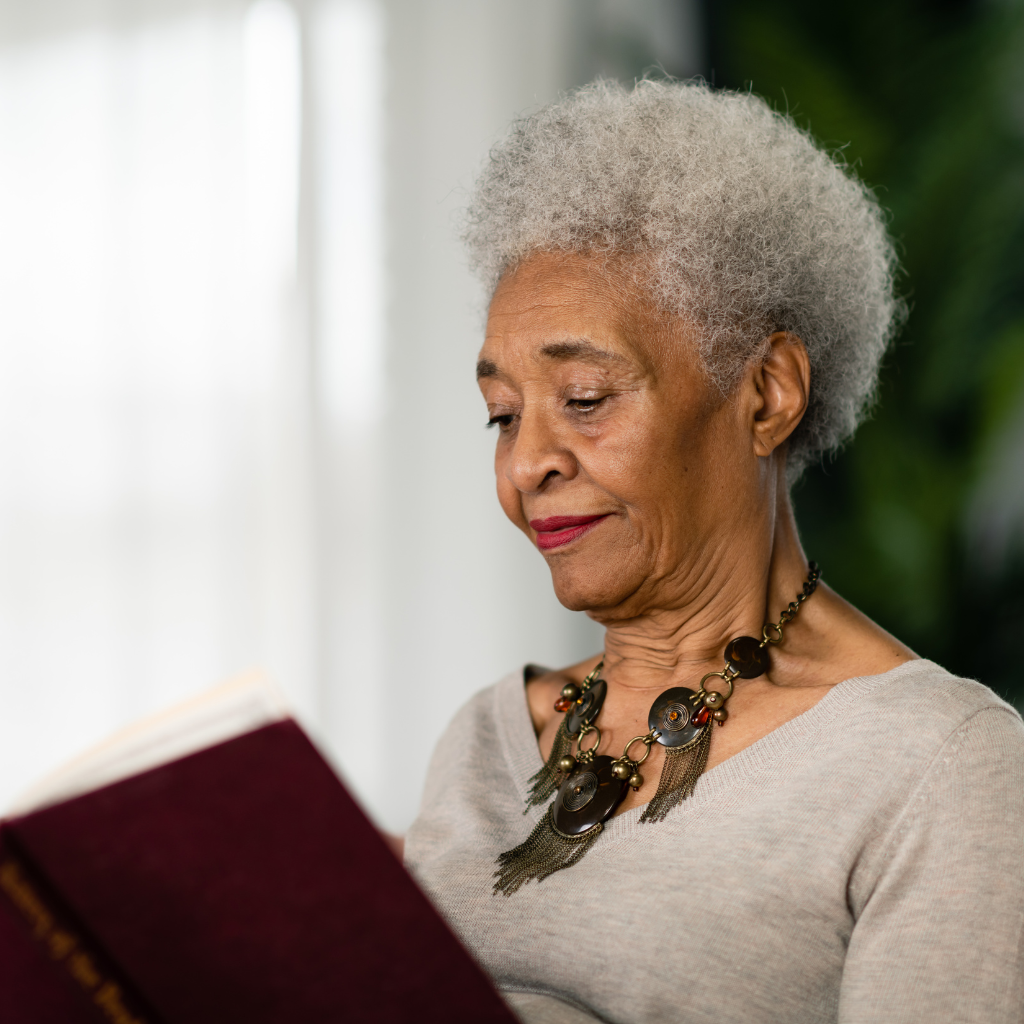
Mobility exercises are very important for a full fitness plan for older adults. They help keep the range of motion in your joints, making it easier to do everyday tasks comfortably and safely. I have seen that even small improvements in mobility can greatly improve how you live.
Why Mobility Exercises Matter
As we age, our joints can get stiff and less flexible, limiting how far we can move and causing pain. Mobility exercises fight this by improving joint flexibility and reducing stiffness.
Here are some of the benefits of mobility exercises for older people:
- Better Range of Motion: Mobility exercises increase how far you can move your joints. This makes it easier to move freely and comfortably.
- Less Pain: Mobility exercises can reduce pain and discomfort in your joints.
- Better Balance: Mobility exercises can improve balance, which lowers your risk of falls.
- Improved Posture: Mobility exercises can improve posture. This can reduce back pain and improve how your body is aligned.
- Increased Blood Flow: Mobility exercises can increase blood flow and circulation throughout your body.
Don’t buy Portable Pedal Bikes before reading this guide.
How to Begin Mobility Exercises
If mobility exercises are new to you, start slowly and increase how far you move as you get more flexible. Here are some tips to help you:
- Ask Your Doctor: Talk to your doctor before starting any new exercise, especially if you have health conditions. Your doctor can help you decide what types of mobility exercises are safe for you.
- Work with a Therapist: A physical or occupational therapist can teach you the right way to exercise to prevent injuries. They can also help you create a mobility exercise program for your needs.
- Start with Stretches: Stretching is a good way to improve range of motion. Hold each stretch for twenty to thirty seconds and repeat several times.
- Use a Foam Roller: A foam roller can massage muscles and release tension, which can improve range of motion.
- Practice Range of Motion Exercises: Range of motion exercises involve gently moving your joints through their full range of motion. These exercises can improve flexibility and reduce stiffness.
- Listen to Your Body: Pay attention to what your body is telling you and do not push yourself too hard. Rest when you need to and change exercises if they cause pain.
Don’t buy Books on Healthy Aging And Longevity before reading this guide.
Mobility Exercises for Older People
Here are some mobility exercises that are good for older adults:
- Neck Stretches: Gently tilt your head to the side, bringing your ear toward your shoulder. Hold for twenty to thirty seconds and repeat on the other side. You can also gently rotate your head from side to side.
- Shoulder Rolls: Gently roll your shoulders forward and backward in a smooth, circular motion.
- Arm Circles: Extend your arms out to the sides and make small circles forward and backward.
- Torso Twists: Sit comfortably in a chair with your feet flat on the floor. Gently twist your torso from side to side, keeping your back straight.
- Hip Stretches: Kneel on one knee with your other foot flat on the floor in front of you. Gently push your hips forward until you feel a stretch in the front of your hip. Hold for twenty to thirty seconds and repeat on the other side.
- Hamstring Stretches: Sit on the floor with your legs extended out in front of you. Reach forward toward your toes, keeping your back straight. Hold for twenty to thirty seconds.
- Calf Stretches: Stand facing a wall with one foot slightly behind the other. Lean toward the wall, bending your front knee until you feel a stretch in your calf. Hold for twenty to thirty seconds and repeat on the other side.
- Ankle Circles: Sit in a chair with your feet dangling. Rotate your ankles in a circular motion.
Living an Active Life as You Age: Getting the Most Out of Life
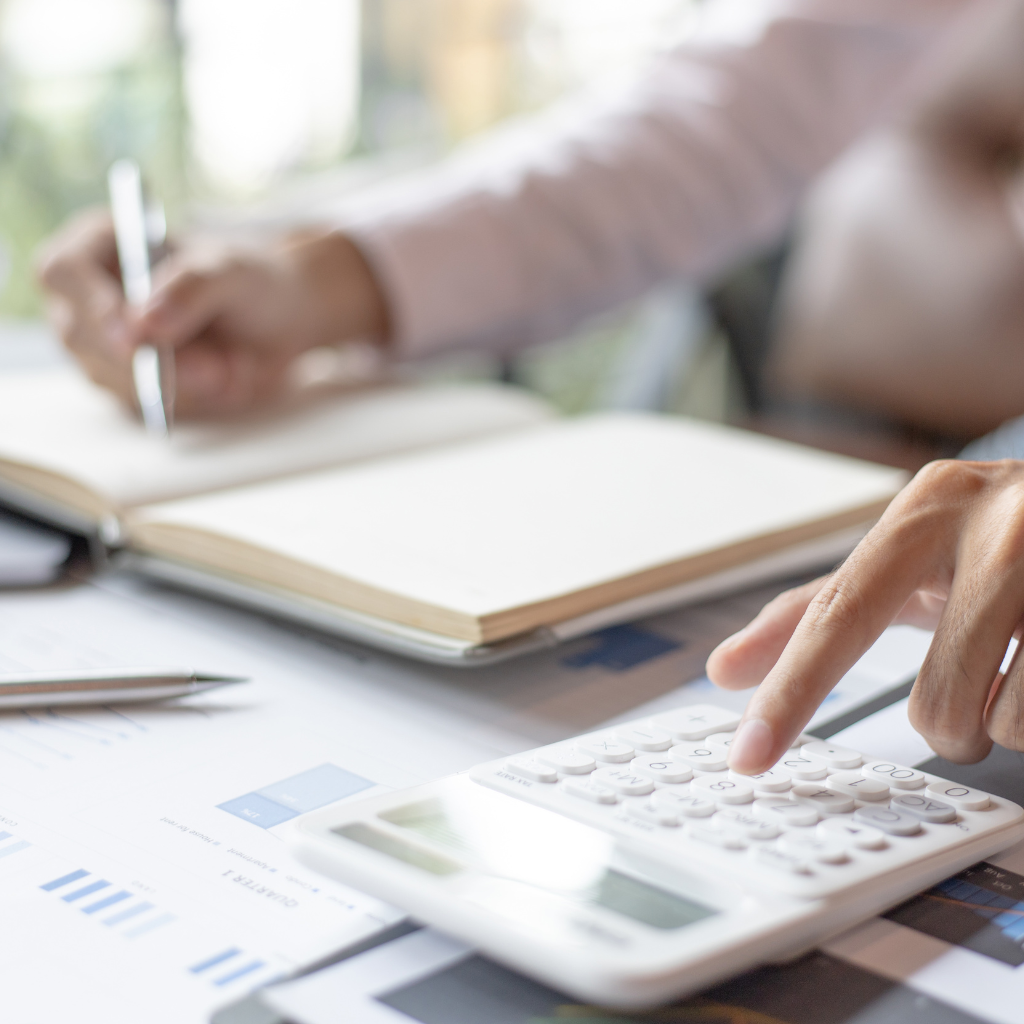
Living an active life as you age means living a full life, no matter your age or physical limits. It includes physical, mental and social well being. I think that everyone should have the chance to live actively as they age and live their lives to the fullest.
What Living an Active Life Involves
The World Health Organization says that living an active life means improving chances for health, involvement and security to improve how you live as you age. This definition shows the key parts of living an active life:
- Health: Keeping both physical and mental health by making healthy lifestyle choices.
- Involvement: Staying involved in social affairs and community life, including volunteering, working or taking part in recreational activities.
- Security: Making sure you have financial security and access to good healthcare services.
Find out which Neck Firming Creams for Sagging Skin really works.
Tips for Living an Active Life
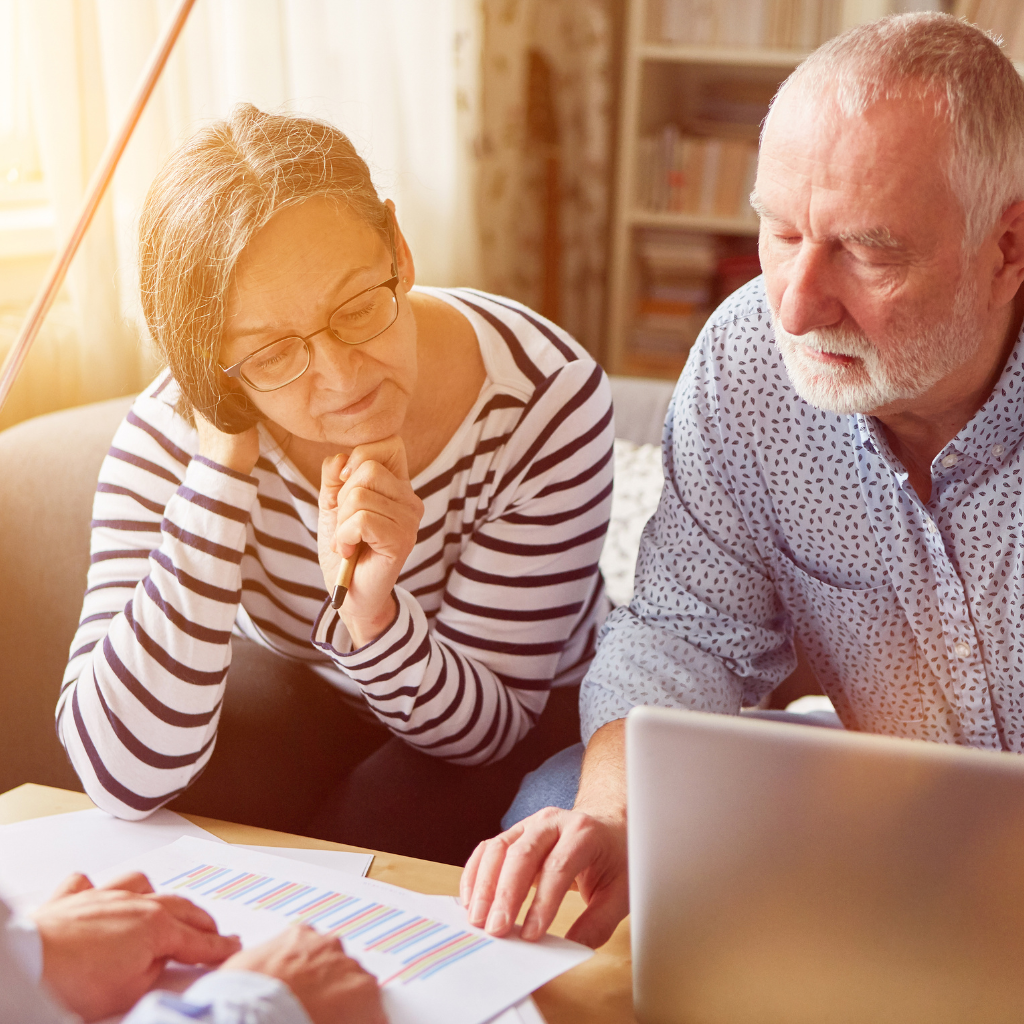
Here are some tips to help you live actively and get the most out of life:
- Stay Active: Get regular exercise to keep your physical health and fitness.
- Eat Well: Eat a healthy and balanced diet to help your overall health.
- Stay Mentally Active: Challenge your mind by learning new things, taking up hobbies and doing stimulating activities.
- Stay Connected: Keep strong relationships with family and friends.
- Volunteer: Volunteering is a great way to give back to your community and make a difference in the lives of others.
- Take Up Hobbies: Make time for activities that you enjoy and that make you happy.
- Stay Informed: Keep up to date on current events and issues that affect your community.
- Plan for the Future: Plan for your financial security and long term care needs.
- Be Open Minded: Be willing to try new things, meet new people and discover new opportunities.
- Live with Purpose: Find purpose in your life by setting goals and following your passions.
Exercise and Physical Activity for Healthy Aging not only adds years to your life but also improves how you live those years. It helps you get the most out of every moment. By staying active, you can greatly improve your well being. I am here to help you every step of the way. It is worth the effort.
See our expert reviews of the Best Eye Creams for Dark Circles and Puffiness.
